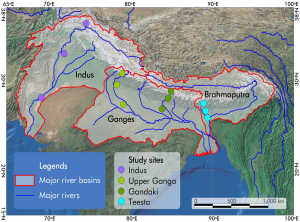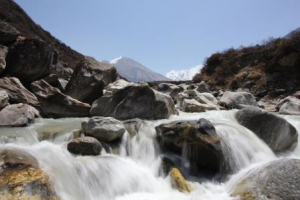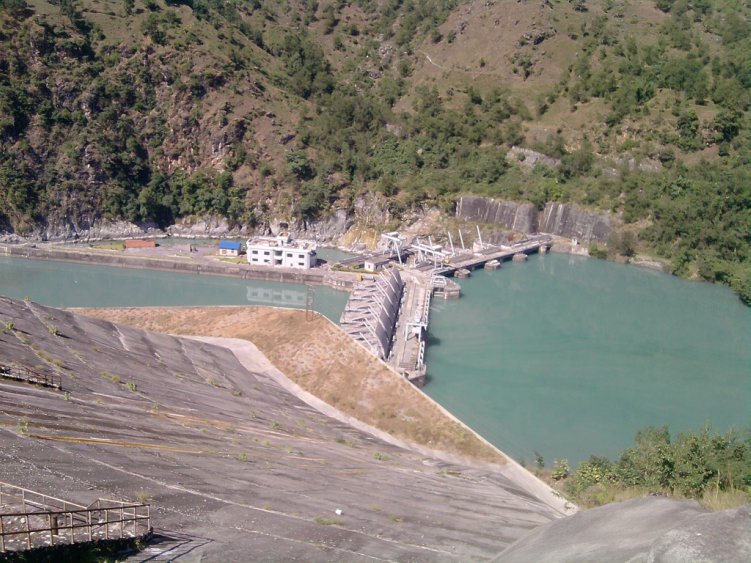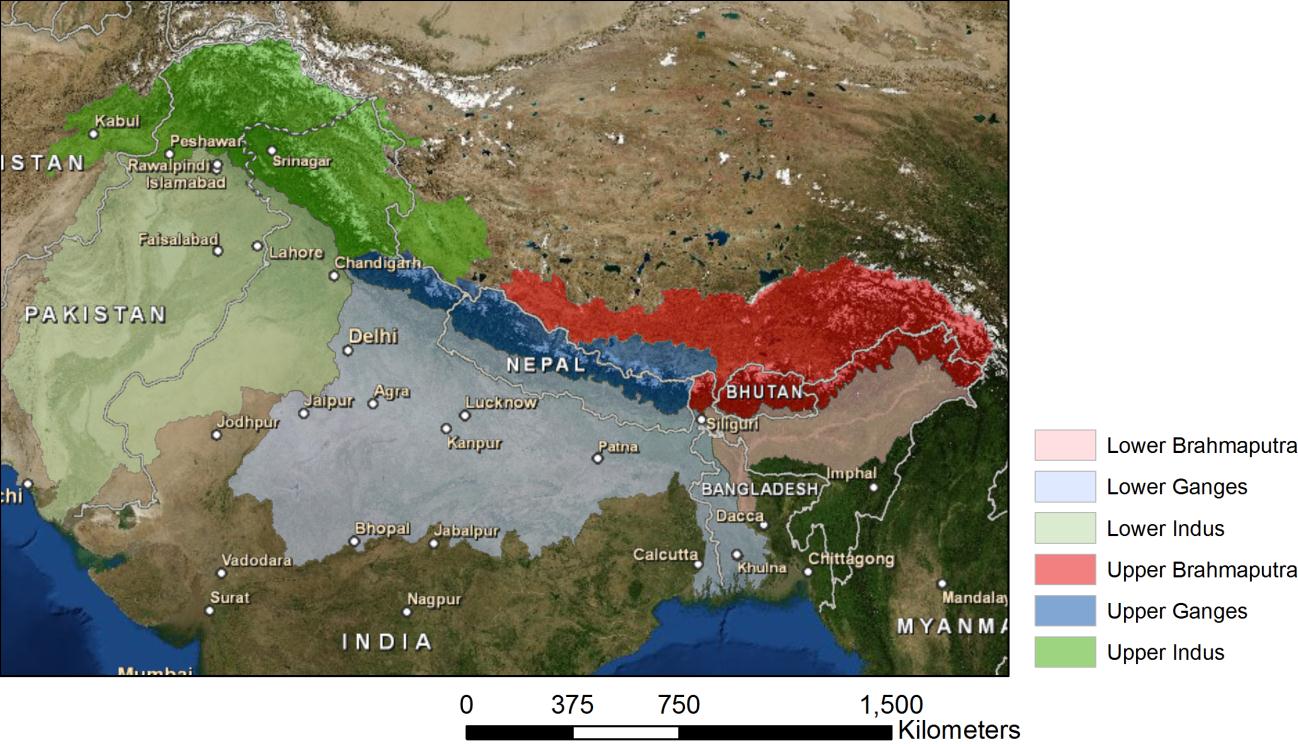Agriculture is the most water demanding and consuming sector, globally responsible for most of the human induced water withdrawals. This abstraction of water is a critical input for agricultural production and plays an important role in food security as irrigated agriculture represents about 20 percent of the total cultivated land while contributing by 40 percent of the total food produced worldwide.
The FAO Regional Office for Asia and the Pacific (FAO-RAP) is concerned about this increase in water use over the last decades that has led to water scarcity in many countries. This trend will continue as the gap between water demand and supply is projected to widen due to factors such as population growth and economic development, and environmental factors such as land degradation and climate change.
Unfortunately, solutions to overcome the current and future water crisis by looking at the agricultural sector are not simple and have often led to unrealistic expectations. Misconceptions and overly simplistic (and often erroneous) views have been flagged and described over the last recent decades. However, uptake of those new insights by decision makers and the irrigation sector itself has been limited.
The “Follow the Water” project will develop a Guidance Document that summarizes those aspects and, more importantly, quantifies the return flows that occurs in irrigated systems. Those return flows are collected from a wide range of experiments and are collected in a database to be used as reference for new and/or rehabilitation irrigation projects.
The FAO/FutureWater project will also develop a simple-to-use tool to track water in irrigated systems using so-called “virtual tracers”. The tool will respond to the demand for a better understanding the role of reuse of water in irrigated agriculture systems. An extensive training package, based on the Guidance and the Tool, is developed as well.
FAO plays an essential role in backstopping the development of the Guidance and the Tool and promoting. FutureWater takes the lead in development of the Guidance, the Tool and the training package. With this, FAO and FutureWater will contribute to a sustainable future of our water resources.
 HI-AWARE is one of four consortia of the Collaborative Adaptation Research Initiative in Africa and Asia (CARIAA). HI-AWARE aims to contribute to enhanced adaptive capacities and climate resilience of the poor and vulnerable women, men, and children living in the mountains and flood plains of the Indus, Ganges, and Brahmaputra river basins through the development of robust evidence to inform people-centred and gender-inclusive climate change adaptation policies and practices for improving livelihoods.
HI-AWARE is one of four consortia of the Collaborative Adaptation Research Initiative in Africa and Asia (CARIAA). HI-AWARE aims to contribute to enhanced adaptive capacities and climate resilience of the poor and vulnerable women, men, and children living in the mountains and flood plains of the Indus, Ganges, and Brahmaputra river basins through the development of robust evidence to inform people-centred and gender-inclusive climate change adaptation policies and practices for improving livelihoods.



